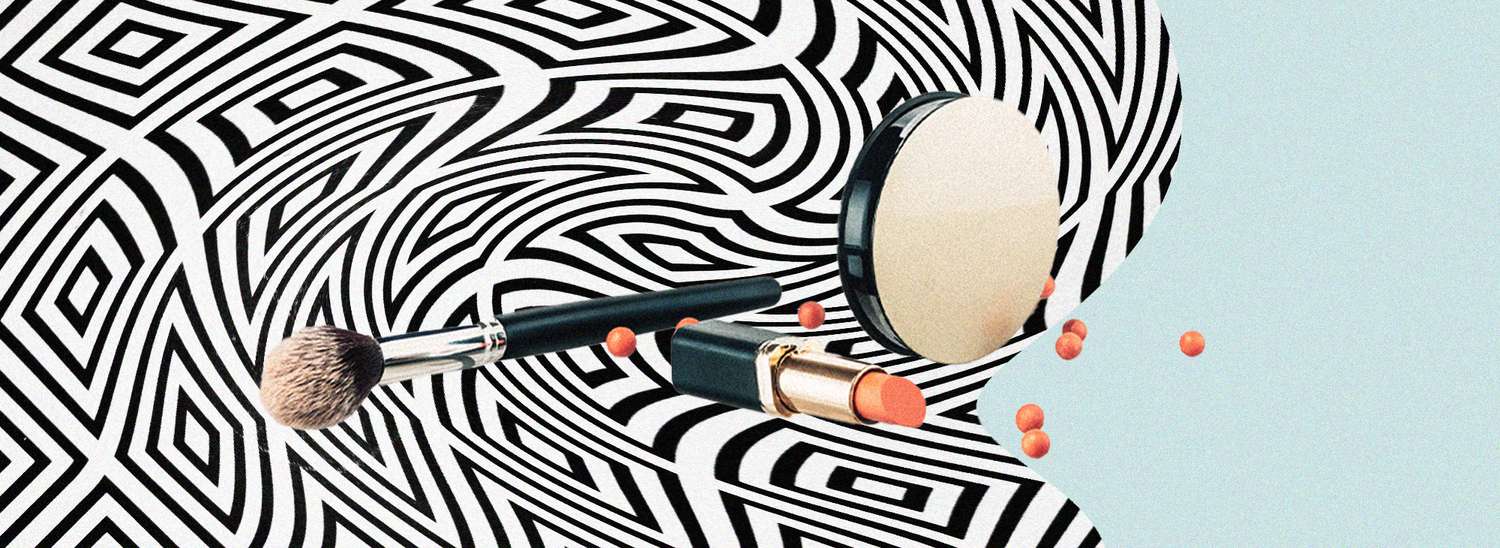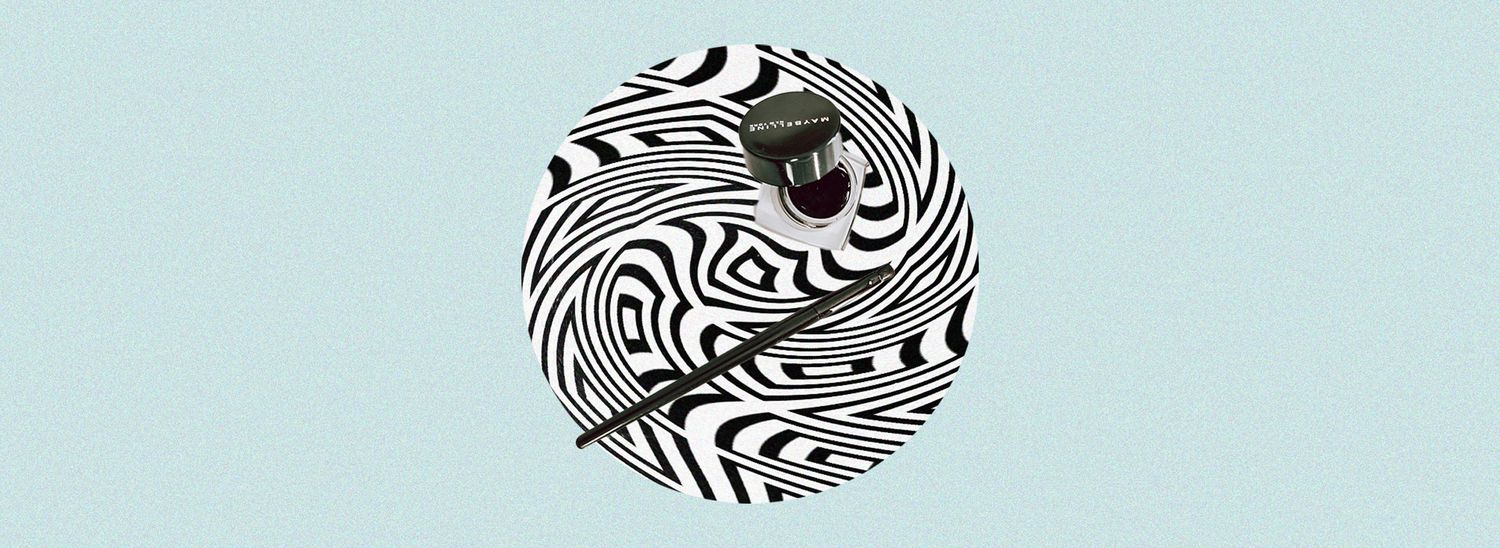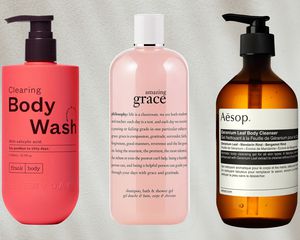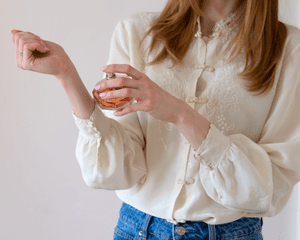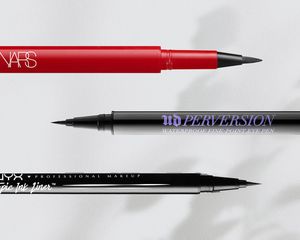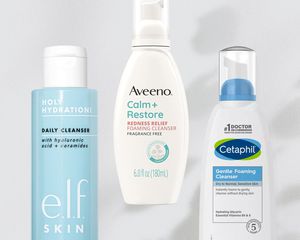Like many, I've saved some money during the pandemic because I wasn't using the stuff I regularly purchased. And, like many, I’ve been dusting off all of my old stuff wondering what is still usable. Some things, like high heels, need some retraining. And others, like my cute leggings that have lost elasticity, need replacing.
I cast makeup aside in March 2020 and forgoing that daily habit has had numerous upsides. Most notably, I finally began taking care of my skin and I got comfortable with my bare face. Whenever the world opens up, I have no plans to wear makeup on a daily basis again. I’m comfortable enough with my natural state that I think of makeup as something to be saved for special occasions. Every makeup item I own sat for over a year untouched. And while all makeup comes with an expiration date, I fully admit I've never adhered to it.
I did some research, which included asking makeup artist Bobbie Riley to clue me in on which products are still safe to use, and which ones I should throw away and replace. The answers may surprise you as much as they did for me.
It Depends On Storage
How you store your makeup has a big impact on its longevity. Bobbie told me, “You can try preserving it by keeping it at a cool temperature in a storage area with minimal light (as the ingredients can be compromised).”
I keep my makeup bag in a dark drawer. For anyone who loves the aesthetic of having theirs displayed on a shelf or bathroom counter, that’s something to reconsider. I delved deeper into how where we store makeup impacts it. What I found was a little scary: Makeup is typically stored in bathrooms and tends to attract a lot of bacterial contamination. Some of us know toothbrushes kept near toilets harbor more bacteria, so that’s not too shocking, but the varieties they harbor may be.
Stocksy, Unsplash/Design by Tiana Crispino
In examining used makeup for contamination, one study found that "about 79-90% of all used products were contaminated with bacteria, with bacterial loads ranging between 102 and 103 CFU per ml, beauty blenders contained an average load of >106 CFU per ml. Presence of Staphylococcus aureus, Escherichia coli and Citrobacter freundii was detected. Enterobacteriaceae and fungi were detected in all product types, and were prevalent in makeup sponges. 93% of Beautyblenders had not been cleaned and 64% had been dropped on the floor and continued to be used." This study alone gives you many reasons to keep your makeup out of sight. And it’s a given if you ever drop something on the floor, it should be cleaned thoroughly before reuse, even if you’re the only user.
It’s also important to note that preserving one’s products falls more on the consumer than the manufacturer. Surprisingly, there are no laws requiring stability testing for cosmetics. Though medical supplies and over-the-counter hygiene items, like deodorant and sunscreen, do require testing, "there currently are no existing enforceable or uniform protocols outlined by the FDA Code of Federal Regulations or European Commission Regulation No. 1223/2009 for the stability testing of cosmetics." That makes your own sound methods for storage even more integral to your products lasting.
Solids Versus Liquids
Dry items with fewer perishable ingredients naturally last longer than liquids, which often contain oils that can go rancid. Riley says "compacts and palettes are pretty safe, but liquids like skincare or foundation can lead to damage if used passed the expiration date." As for why this happens, Michigan State University explains "cosmetics often contain preservatives, antioxidants, and emulsified ingredients that allow the products to work effectively. As we open and use cosmetic products, we introduce microorganisms and oxygen to the product. Preservatives are effective at keeping harmful microorganisms at bay, but they eventually lose their efficacy, allowing microorganisms to proliferate rapidly."
The Big Risk: Bacterial Infection
Over time the risk of bacteria on your makeup products proliferates. But what do these bacteria do? Unsafe levels of bacteria in makeup pose a potential health risk, which definitely gave me pause about using anything cosmetic for more than a few months. Of course, the presence of bacteria does not guarantee you’ll get an infection, but it does mean some amount of risk has been introduced to the situation, which can be avoided by not keeping cosmetics on hand for too long.
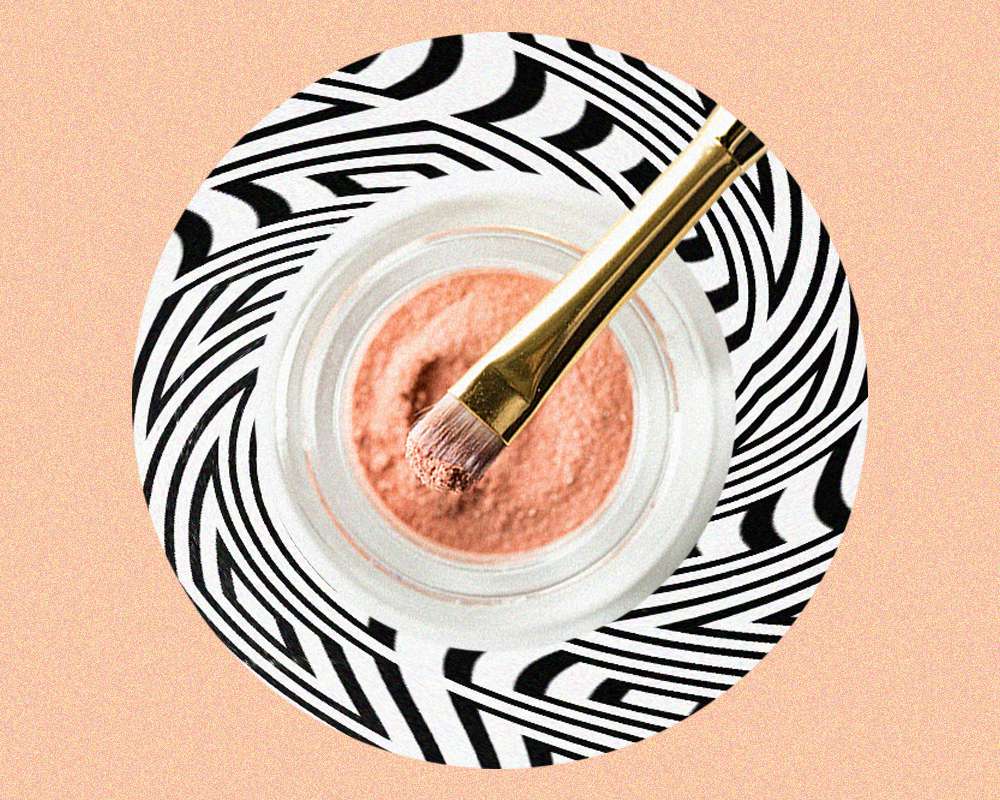
Stocksy+Unsplash/Design by Tiana Crispino
The Small Risk: Less Wow Factor
Makeup that is past its prime may be less effective. The active ingredients can lose their punch over time despite preservatives, so you might not see the colors you had expected from your products. MSU explains this happens because "as time passes, antioxidants become less effective, and emulsified ingredients begin to break down, which changes the color and texture of a product and cause the oils and waters to separate, which all impacts the product's quality. Sometimes products can dry out and become flaky or cracked, making them unusable.”
Do We Really Need To Replace It All?
I’m someone who is fastidious about food storage and age. When I work as a private chef, the health and safety of my clients is in my hands. I won’t use ingredients that have been open for long, even if they aren’t near their expiry dates. The risk of making someone sick isn’t worth it. How, then, did I become so laissez-faire about makeup? Education is everything here: I’ve taken courses in food safety, but as a plain old home makeup user, cosmetics safety education has never crossed my path. I simply didn’t know of any major risks involved and I never anticipated old makeup functioning less well. I’ve used eye shadows from ages ago without issue, finding them just as vibrant several years in as they were when I first bought them.
Will the discoveries of my research lead me to replace all my cosmetics and should you do the same? The answer here is pretty obvious. Yes. If you can afford to replace your makeup from before the pandemic you definitely should. I know my trash will be filled soon, and I encourage yours to be, too.
:max_bytes(150000):strip_icc()/Landingpage_hero_desktop-059cef5b387f4b40a3e1b4e31519834e.jpg)
:max_bytes(150000):strip_icc()/B-Sides_recirc1-981112ed82194a159178859896a85e55.jpg)
:max_bytes(150000):strip_icc()/managingsocialanxiety-RECIRC-fade19be96c54fbaa235c1bc61c6fe64.jpg)
:max_bytes(150000):strip_icc()/_USE-New-Edit-postcovidasian-RECIRC-fdd70af9dc784611be0525f8663aed3e.jpg)
:max_bytes(150000):strip_icc()/StatmentLip-RECIRC-2d4fa5792c5f43f18259f82eca700f3d.jpg)
:max_bytes(150000):strip_icc()/Gratitude-RECIRC-03f0d8b15a6845058bb2931fe8b84d1d.jpg)
